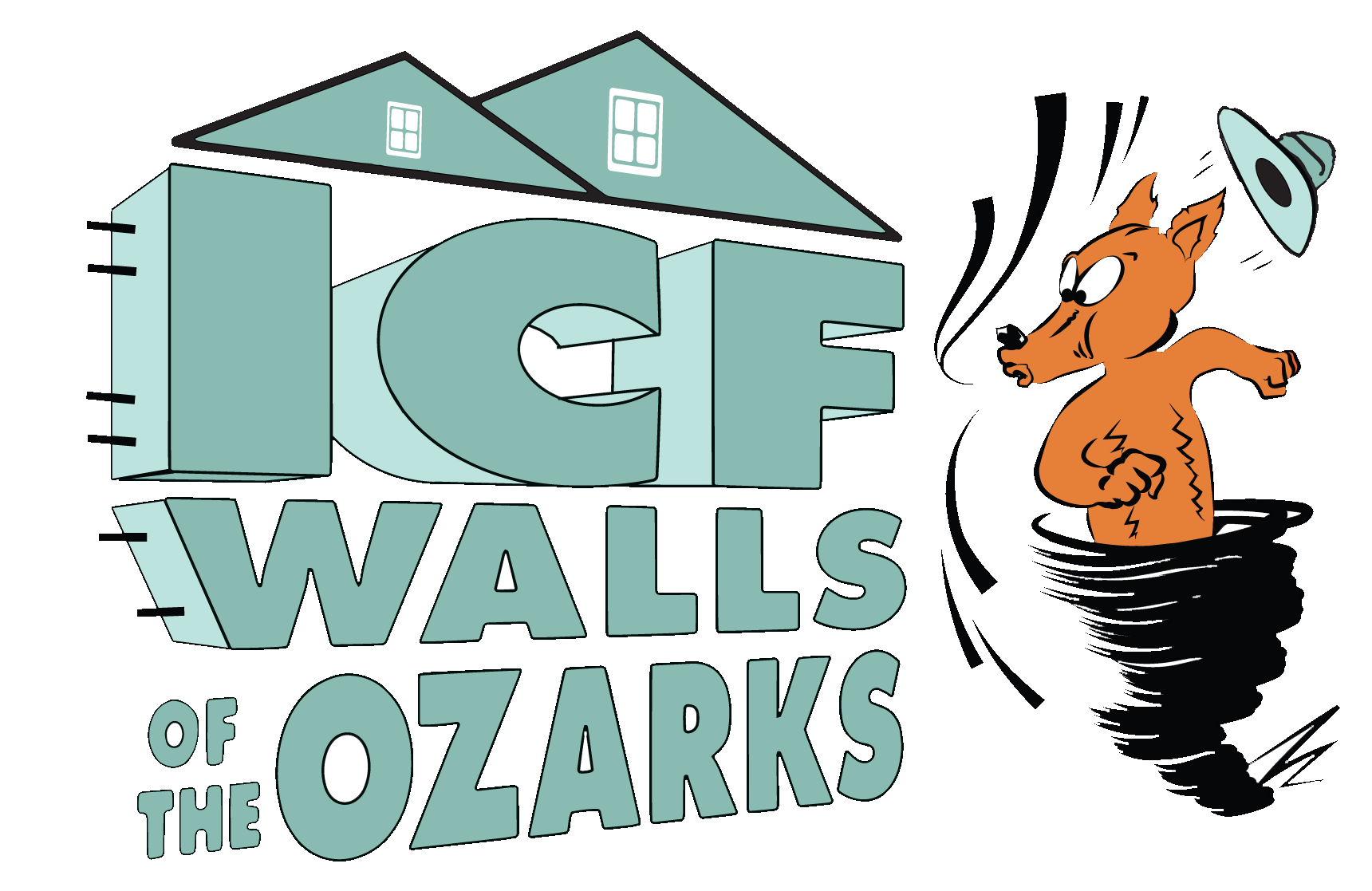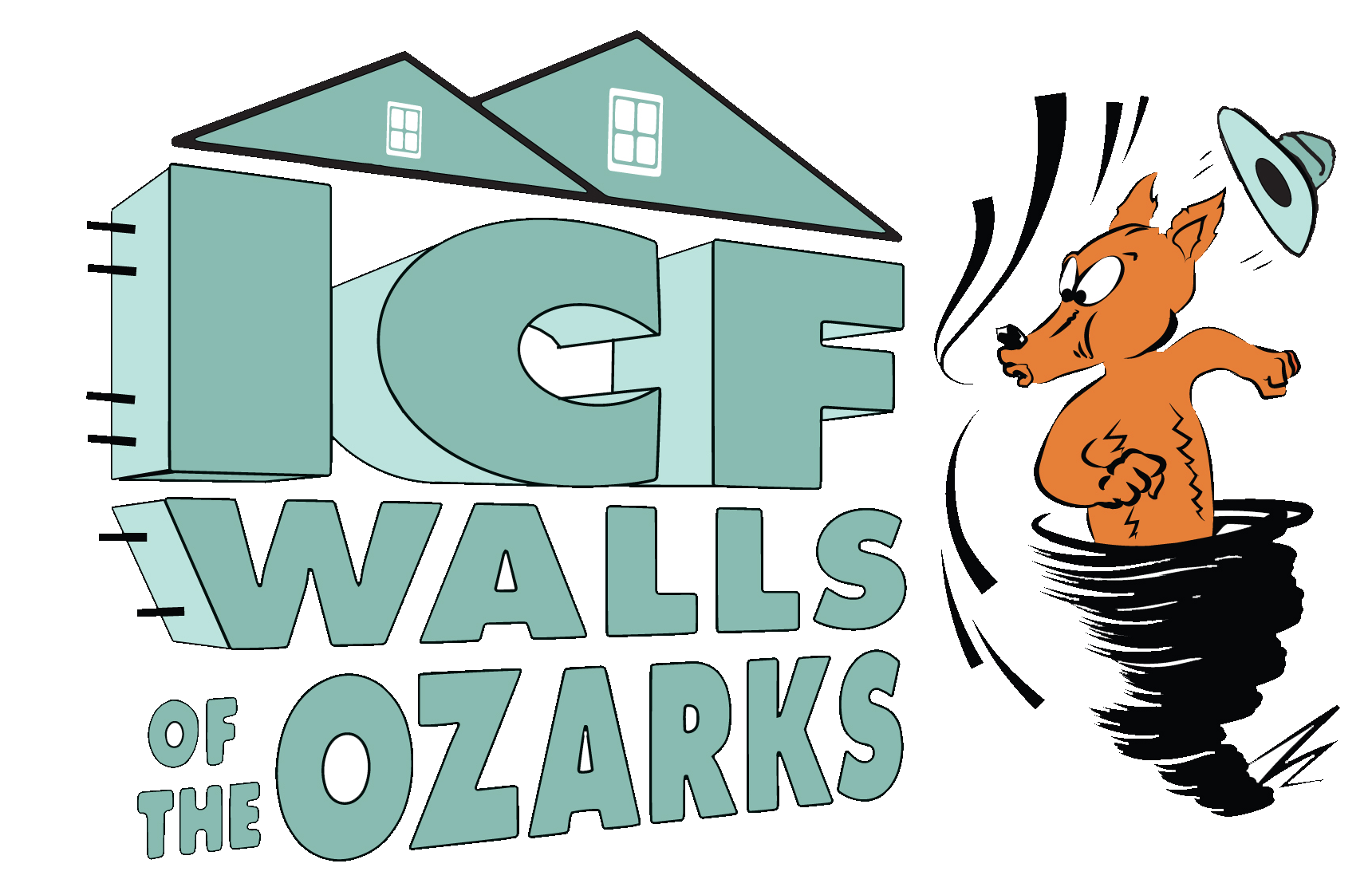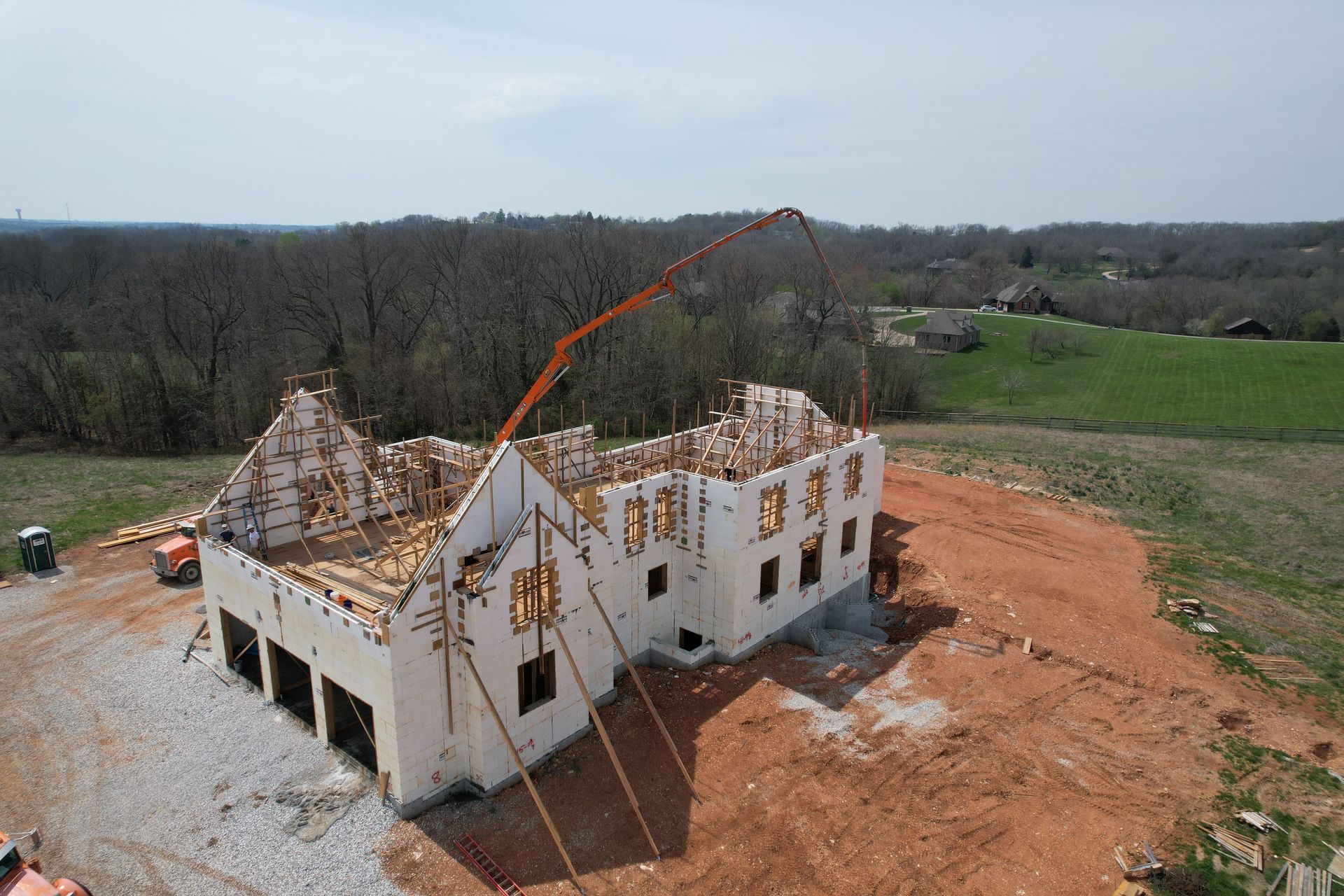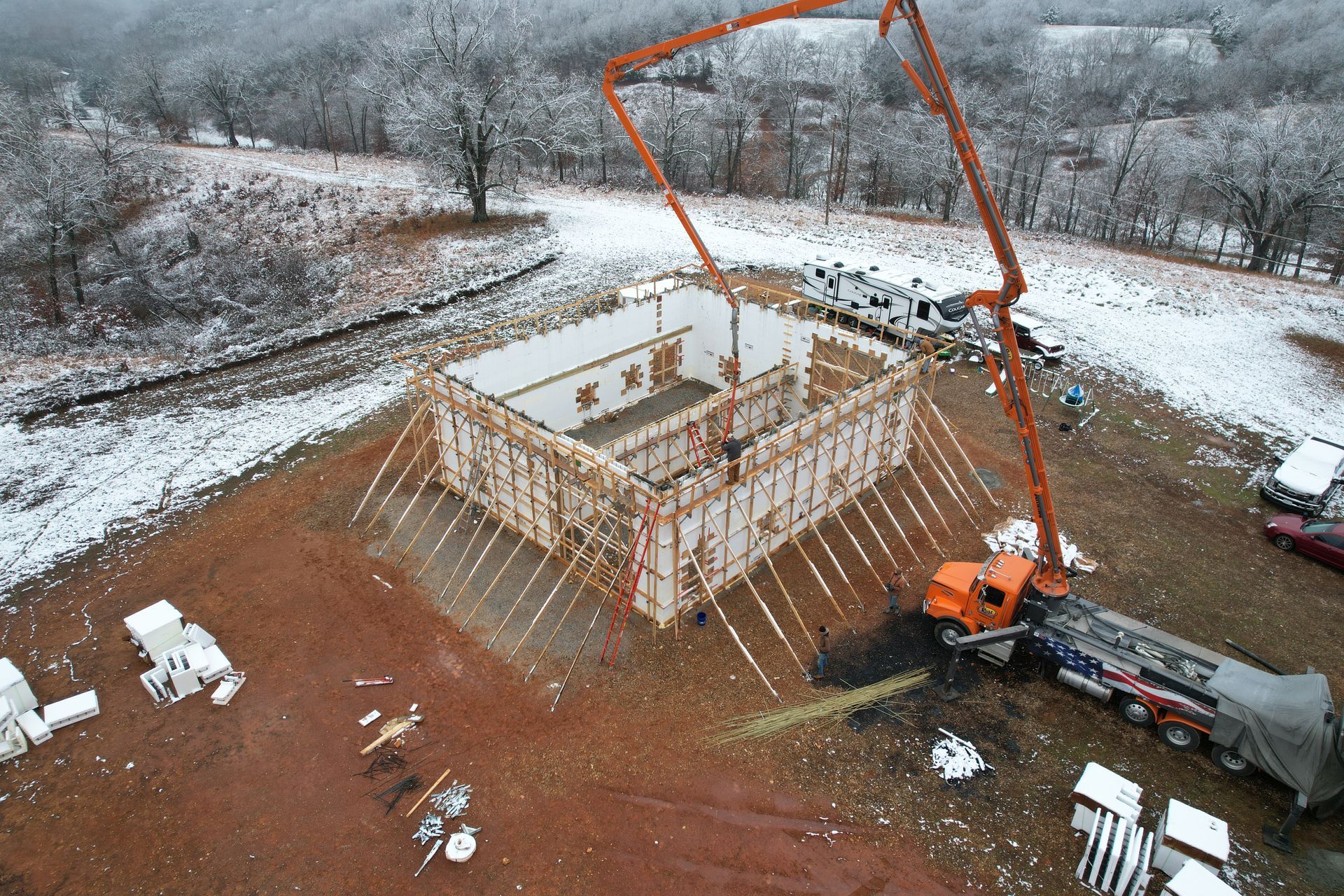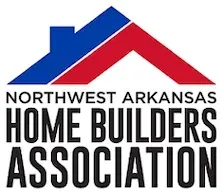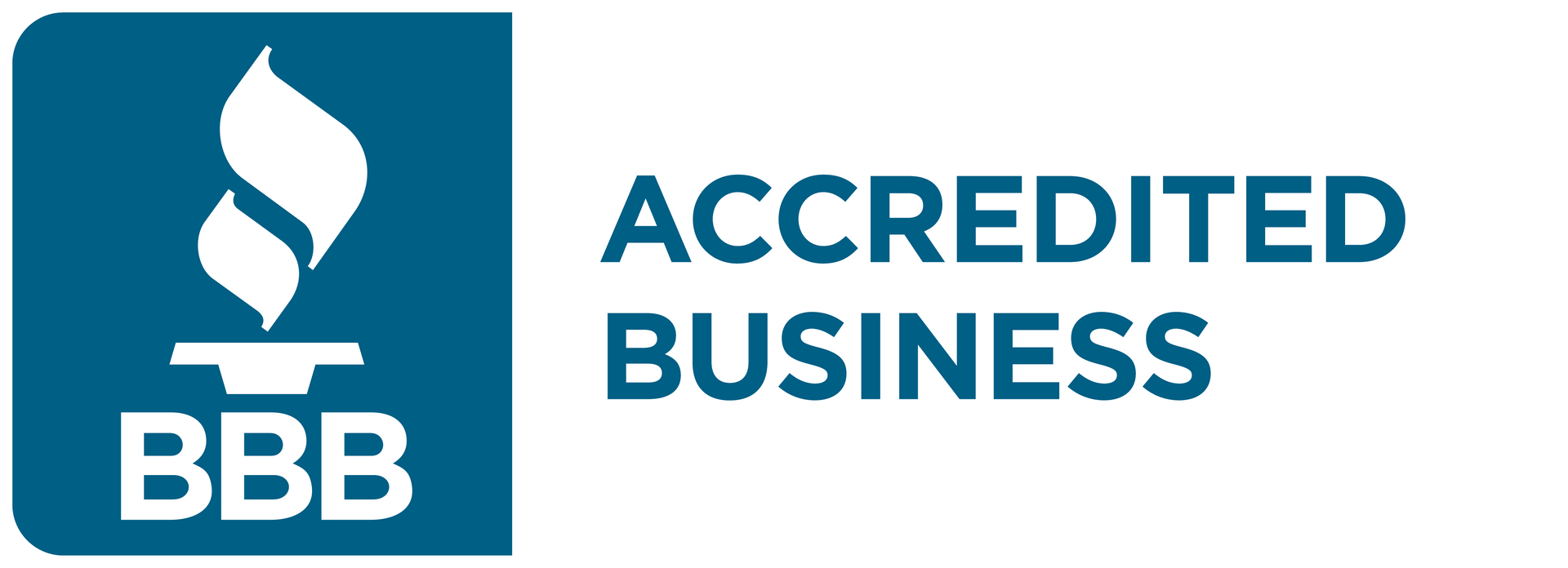From the Ground Up: The Seismic Strength of Insulated Concrete Forms
From the Ground Up:
The Seismic Strength of Insulated concrete forms
At ICF Walls of the Ozarks, we specialize in building safer, more resilient structures using Insulated Concrete Forms (ICF). As a construction company based in Southwest Missouri—an area that sits near the New Madrid Seismic Zone—we understand the importance of designing homes and buildings that can stand up to the threat of earthquakes.
Most people don’t associate Missouri with seismic activity, but history tells a different story. The New Madrid fault line, which runs through southeastern Missouri and into surrounding states, was the site of some of the most powerful earthquakes in U.S. history. While major quakes haven’t shaken the region in recent years, the risk remains very real. And when the ground starts to shake, the structural integrity of your home matters. That’s why we’re passionate about ICF—and why our builds go beyond standard practices by incorporating not only a reinforced concrete core but also a monolithic footing system. Together, these features create a stronger, more unified structure built to withstand seismic forces.
The Power of a Reinforced Core + Monolithic Footing
At ICF Walls of the Ozarks, our expertise goes beyond just walls. We also incorporate monolithic footings into our builds—a seamless, one-time concrete pour that forms both the footing and the foundation wall as a single, solid structure. Here’s what sets this method apart.
- Unified Strength: By pouring the footing and wall as one monolithic unit, we eliminate the joint between them. This creates a structure that is far more cohesive and capable of transferring and dissipating seismic energy.
- Reduced Weak Points: In traditional construction, the transition between footing and wall is a potential point of failure during an earthquake. Our monolithic system removes that risk by removing the seam entirely.
- Improved Load Distribution: Seismic forces don’t just come from the sides—they push and pull from all directions. Our integrated system allows the entire structure to move as one, reducing stress concentrations and preventing cracking or shearing.
- Superior Water Resistance: Here in Missouri, much of our land is built on karst topography—a landscape riddled with caves, sinkholes, and underground water movement. These conditions can lead to water intrusion problems in traditional foundations when an earthquake occurs. Our monolithic footings help prevent this by eliminating seams and cold joints where water typically finds a way in, offering better protection against moisture in unpredictable underground conditions.
In essence, we’re building a single, connected shell of strength from the ground up. And when you're dealing with seismic activity, that's a huge advantage.
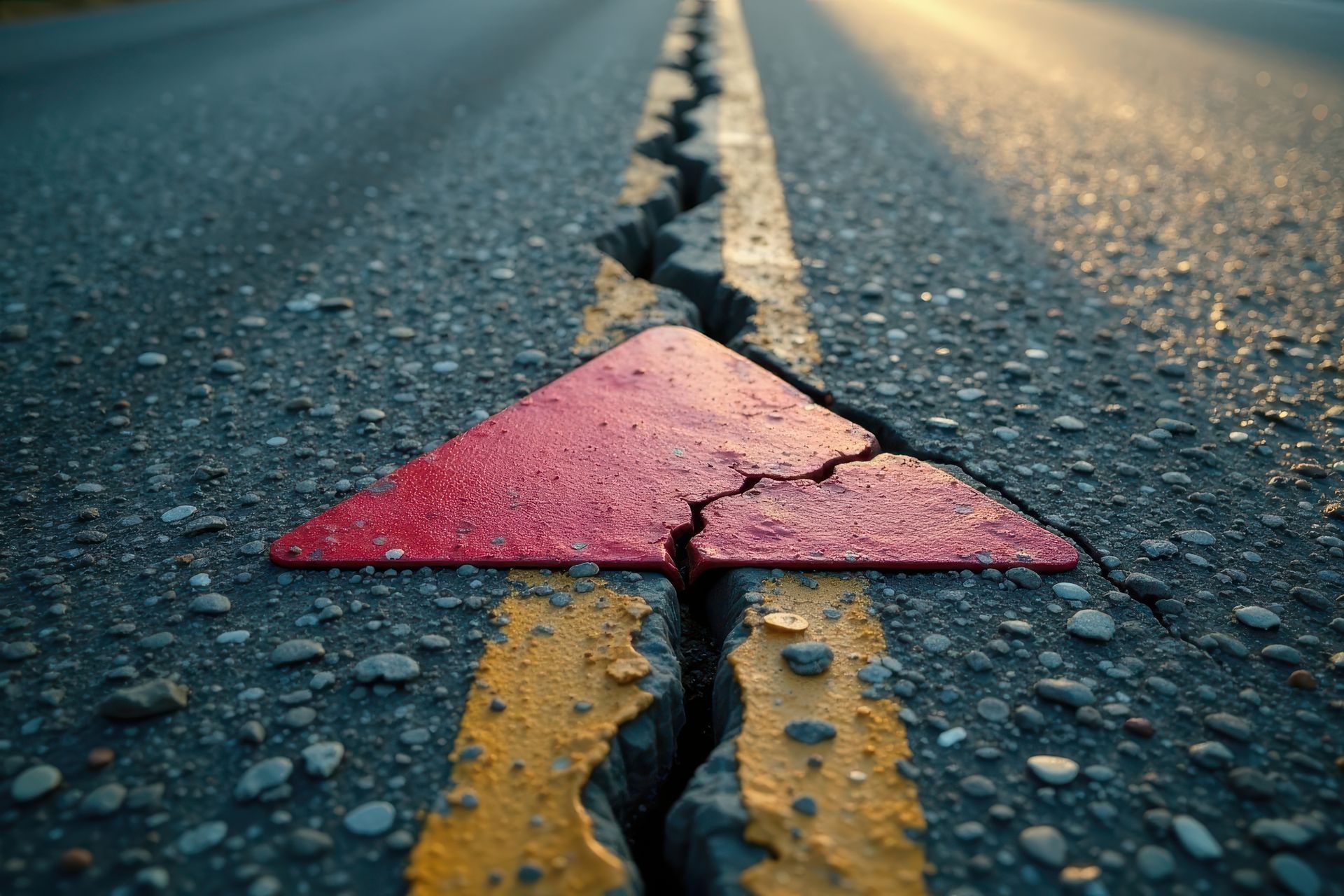
Earthquake Performance: Why ICF Stands Out
ICF construction is widely recognized as one of the best building methods for earthquake-prone areas. Here’s how it performs under seismic stress:
Reinforced Concrete Core
The steel-reinforced concrete core at the heart of every ICF wall offers unparalleled strength and ductility—meaning it can flex without failing, absorb energy, and maintain structural integrity during intense shaking.
Lateral Load Resistance
Earthquakes generate lateral (side-to-side) forces. ICF walls resist these loads far better than wood or even masonry because they’re continuous and braced with steel, not made of separate components that can come loose.
Above-Code Performance
Testing has shown that ICF structures routinely exceed seismic code requirements, even in areas with much higher quake frequency than ours. In places like California, Oregon, and even parts of Japan, ICF buildings have stood strong while others around them failed.
Continuous Insulation Prevents Thermal Cracking After a Quake
After an earthquake, fluctuations in temperature can cause additional damage to structures, especially if they’re poorly insulated. ICF’s built-in insulation reduces these thermal stresses, helping to maintain the structural integrity of the building even after the shaking stops.
The New Madrid Fault Line: A Quiet but Serious Threat
Here in Southwest Missouri and Northwest Arkansas, we live with a unique challenge. The New Madrid Seismic Zone hasn’t produced a major quake in over a century, but it remains one of the most active seismic zones in North America. The 1811-1812 earthquakes that shook this region were so powerful they reportedly caused the Mississippi River to flow backward for a short time.
Experts agree that another major quake could occur within our lifetimes. The question isn’t “if”—it’s “when.” That’s why it’s crucial to plan ahead with smart building practices.
Building Smarter, Safer, and Stronger with ICF
At ICF Walls of the Ozarks, we’re proud to specialize in ICF construction because we believe in building for the long haul. Whether it’s a custom home, an addition, or a safe room, we prioritize safety, durability, and efficiency in everything we build.
If you're considering a new build or addition in Southwest Missouri or Northwest Arkansas, we strongly encourage you to look into ICF. You’re not just building a house. You’re building protection, security, and peace of mind for generations to come.
